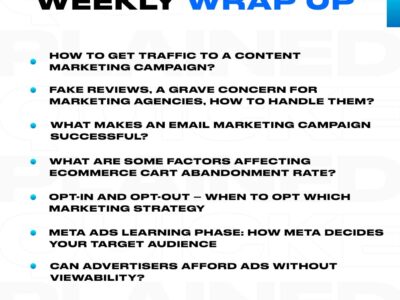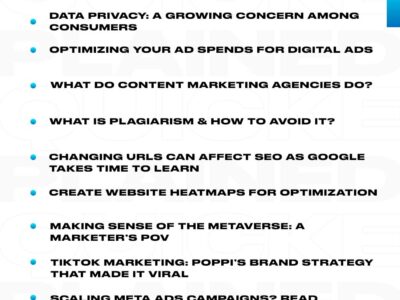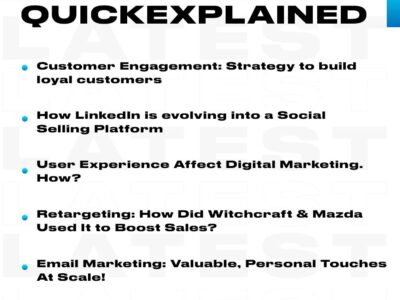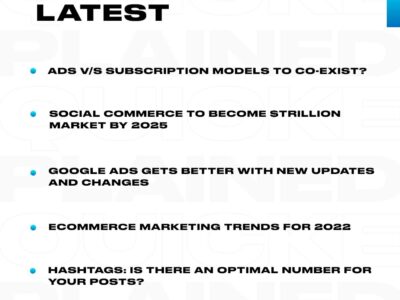The marketing world has a target-based B2B marketing strategy known as account-based marketing (ABM).
Account-based marketing tends to enact conversion based on singular campaigns to attract a specific group of audience. It is more private than the wide-scale lead generation usually implemented by marketers.
It will help in reaching present customers, enabling an upsell of products and services. This technique has ensured success for 85% of marketers when compared to other marketing tactics. With time and resources limited, when drawing a small group of people, account-based marketing appears sustainable.
Three methods can perform account-based marketing:
One-on-one: An intimate tactic tends to attract existing customers or a small group of people. Meetings, lunch, emailers, and ads are some ways to implement the one-on-one method.
One-to-few: Grouping people with similar interests, you can carry forward this ABM method through digital marketing, online events or even personal meet-ups.
One-to-many: A larger audience is targeted through an account-based marketing process. The intention is to bring new customers in, and hence, roadshows and virtual events are the way to go!
If you wonder how to implement or start with the A/B testing process, follow these simple steps.
1-Â Set your goal: What do you want to achieve with this kind of marketing? Setting your goal gets the picture clear for you, and hence, the following steps become easier to plan.
2-Â Understand your target accounts: With ABM targeting a smaller audience, you need to identify your target group. Note likes and dislikes, and interests.
3-Â Creating campaigns: All marketing routines need a solid drive. Here, following timelines and ideation allow a smooth workflow. Hence, grasping the creative utilities, you will use this technique and the kind of strategy to be followed.
4-Â Measure loss-success ratio: Once the campaign has commenced, the last step would be to analyze its impact data. Keeping track of what creative tool (graphics, content, animation, etc.) is working best and what audience group will help your future business growth.







Comments